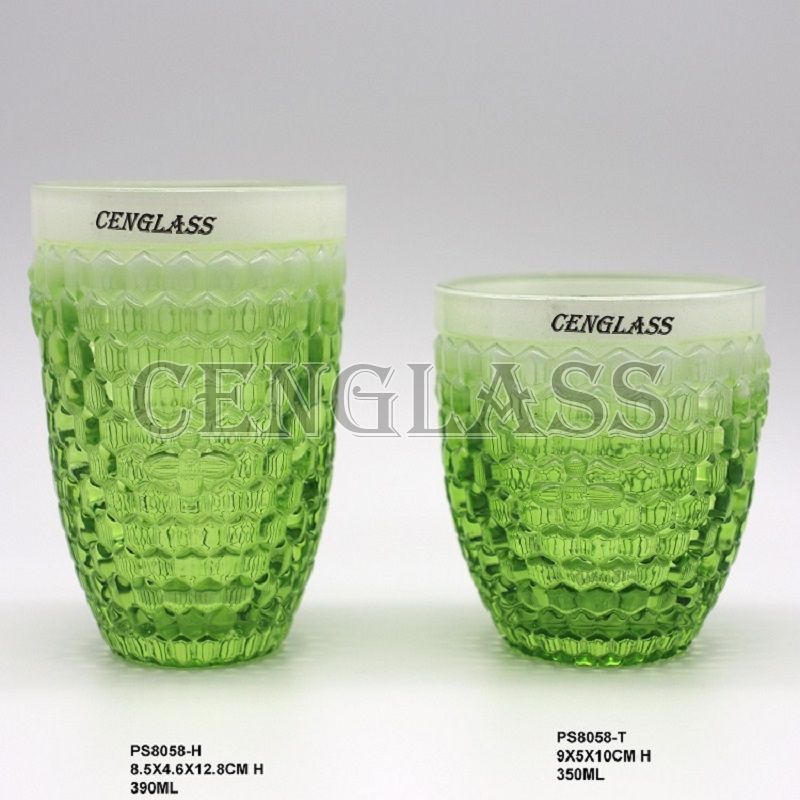The Beauty and History of Colored Glassware
Glassware is a ubiquitous part of our daily lives, from the water glasses we use at dinner to the wine glasses we use to toast special occasions. But beyond its practical uses, glassware can also be a work of art. Colored glassware, in particular, has a rich history and a unique beauty that can add a touch of elegance and sophistication to any table setting.
Cenglass Colored glassware can be traced back to ancient times, with evidence of colored glass dating back to the second millennium BCE. The ancient Egyptians were known for their mastery of glassmaking, and they often used colored glass in their artwork and architecture. They used a variety of natural materials to create different colors, including copper to create green, cobalt to create blue, and iron to create brown.
During the Middle Ages, colored glass became increasingly popular in Europe, with artisans using a variety of techniques to create intricate designs and patterns. Stained glass windows, in particular, were a popular form of colored glass art, with the vibrant colors and intricate designs serving both practical and aesthetic purposes.

In the 19th century, colored glassware became more readily available to the general public, with glassmakers creating a wide range of colors and designs to suit different tastes and styles. Some glassmakers even used uranium to create a vivid green color, although this practice was eventually discontinued due to health concerns.
Today, colored glassware is still a popular choice for both everyday use and special occasions. It can add a pop of color to a table setting or create a sophisticated and elegant look. There are a variety of techniques used to create colored glassware, including adding metallic oxides to the glass during the melting process or applying a layer of colored enamel to the surface of the glass.
One of the most striking examples of colored glassware is carnival glass. Carnival glass was first produced in the early 1900s and was designed to mimic the look of more expensive art glass. It is known for its iridescent, rainbow-like sheen, which is achieved through a process of spraying the glass with metallic salts while it is still hot. Carnival glass was a popular choice during the Great Depression due to its affordability, and today it remains a popular collectible among glassware enthusiasts.
Another popular form of colored glassware is depression glass. Depression glass was produced during the 1920s and 1930s and was often given away as a promotional item or sold at a low price. It is known for its pastel colors and intricate designs, and today it is highly sought after by collectors.
In addition to its beauty, OEM colored glassware can also have practical uses. For example, blue glassware is believed to have health benefits, as it can block out certain wavelengths of light that can disrupt sleep patterns. Green glassware is often used for wine glasses, as it can enhance the color of white wine and reduce the visibility of sediment in red wine.
In conclusion, colored glassware has a rich history and a unique beauty that can add a touch of elegance and sophistication to any table setting. From the vibrant colors of carnival glass to the delicate pastels of depression glass, there are a wide range of styles and designs to choose from. Whether you are looking for a practical use or simply want to add a pop of color to your home décor, colored glassware is a versatile and beautiful choice.

Comments
0